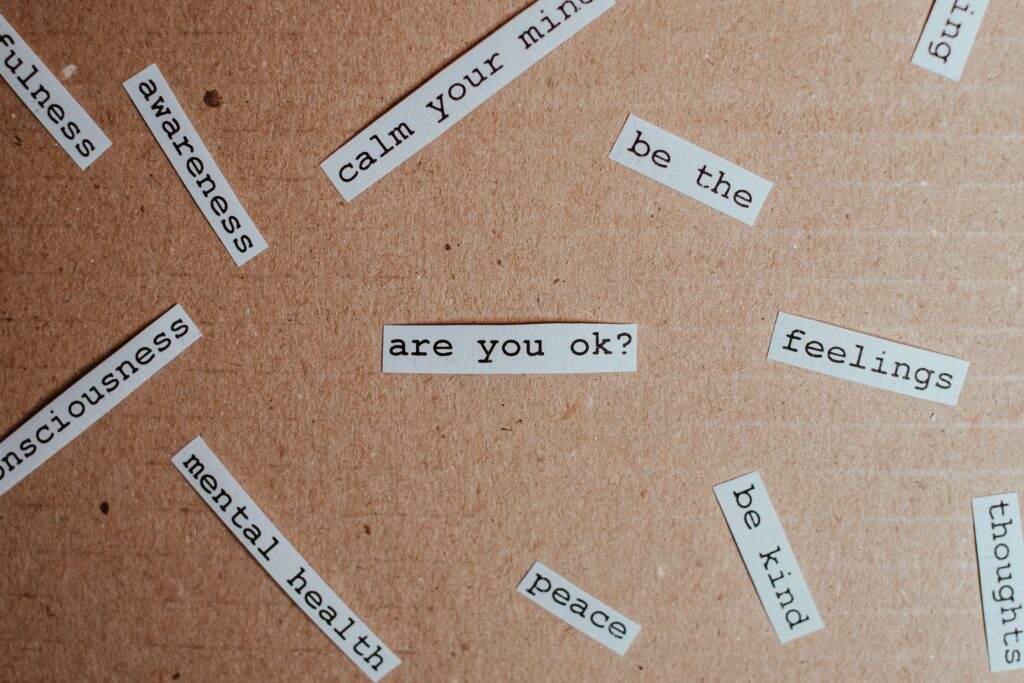Emotional dysregulation. I remember when the child psychologist taught me that term so many years ago. “It has a name?!” I replied, my eyes filling up with tears. I couldn’t believe the emotional rollercoaster my child could never seem to get off of had a name. It was an actual thing. That all the ups and downs were not typical. A telltale characteristic of their neurodivergence. It was one of the most validating moments in my parenting journey. It was then that I learned I needed to teach emotional regulation to my neurodivergent children because it isn’t a skill that comes easily.
How Do We Teach About Feelings?
We’ve tried various ways to teach emotional regulation in our homeschool and family life—pictures, charts, conversations, etc. But teaching feelings and identifying them through books has been the most impactful.
Teaching our children to know and understand their feelings and emotions is life-changing, especially for a neurodivergent child. It is common for us to talk about how we feel in our family. But I have found using books can be even more effective. That’s because I, as the parent, don’t know everything. And sometimes, I don’t know how to explain or define certain emotions. Books come to the rescue in these situations.


Books We Use to Learn Emotional Regulation
All About Feelings is a beautiful book that talks well…all about feelings. It labels and defines them and teaches how to identify body cues within yourself. For example, yawning means that we are feeling tired. Additionally, this sweet book teaches kids how to talk to their friends about their emotions and how to help one another.
A Whole Bunch of Feelings is another excellent book introducing and defining emotions and feelings. What’s unique about this picture book is that it talks about more than just your typical big emotions. It dives into the nuances of emotions like diligence, feelings of withdrawal, heartbrokenness, awkwardness, curiosity, confusion, and so many more.
Breathe Like a Bear is a fantastic book that teaches mindfulness in various situations. Strategies are taught to encourage focus, calmness, imagination, energy, and relaxation.
In our home, we use the Candle Breath and Hot Soup Breath when we are upset and need to calm down. And to get us going in the morning, we will do the 1-2-3 Clap!
We all know that moving our bodies is essential to mental health and emotional regulation. Howl Like a Wolf is a fantastic book that teaches kids to think, act, and move like 15 different animals. Each animal is introduced with fun facts, movement directions, and some activity.
It is a fun and exciting way to add movement and expression to your day. My kids love dancing like a honeybee. And we add to it by adding different emotions. How does an excited honeybee dance? What about a disappointed one? And so on.
It’s not a book, but I Heard Your Feelings Conversation Cards are a great resource in your toolbox. Each card shows a social situation on one side with talking prompts on the other.
Discussing social situations like this is a beautiful practice, as neurodivergent kids can have difficulty reading other people’s feelings either because they don’t understand them or miss their cues.
Final Thoughts
Having tools and resources that teach emotional regulation to our neurodivergent children encourages and empowers them. Books are one of the best tools we have to do this. I hope you found this list helpful! Let me know any book recommendations you might have in the comments below!






